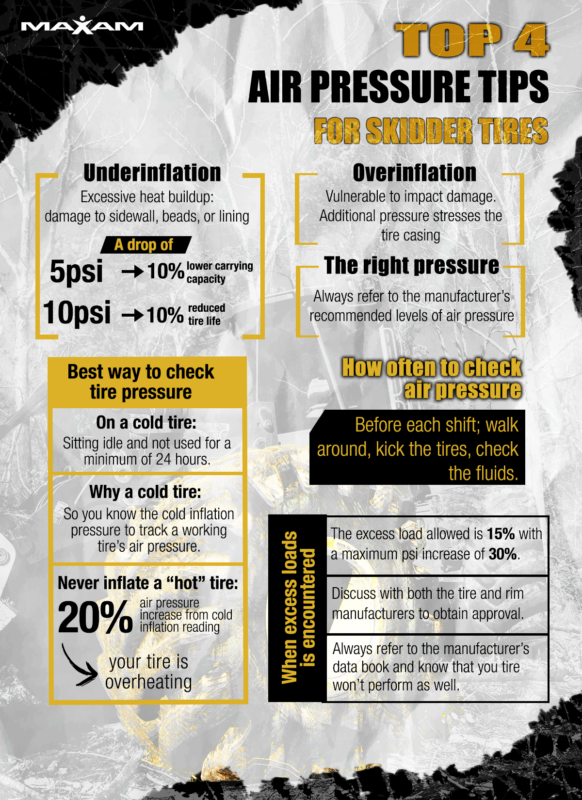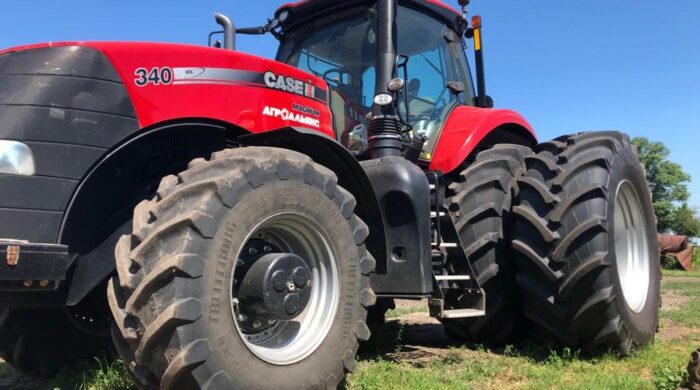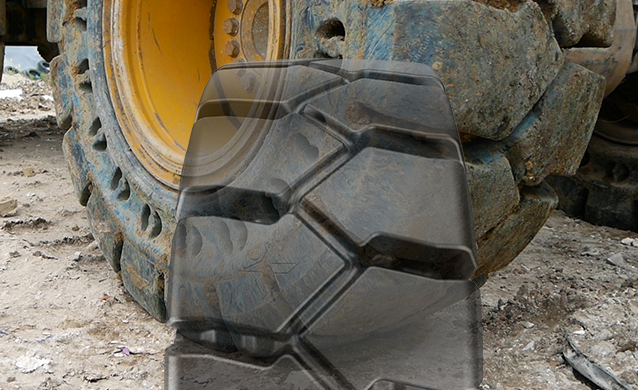Top 4 Air Pressure Tips for Skidder Tires
In the forestry industry, skidder tires are essential for handling rugged terrains like muddy and rocky ground in wide ranging temperatures. Maintaining the correct tire pressure is crucial to maximizing the performance and lifespan of your forestry tires. Here are our four expert tips to help you keep your skidder tires rolling, reduce costs and improve safety.
- Check Your Skidder Tire Pressure Daily
Daily monitoring of your skidder tire pressure is the most important step in forestry tire maintenance. Over time, skidder tires will naturally lose pressure, which is why these daily checks are so critical. Running on under-inflated tires increases the risk of tire wear, heat build up and rim slip. A drop of 5psi can lower your load carrying capacity by 10% and a drop of 10% will shorten your tire life by no less than 10%. Conversely, over-inflated are at risk for impact damage. Follow the tire manufacturer’s recommended cold pressure (typically 45 psi for MAXAM’s LOGXTRA skidder tires) for optimal performance and safety.
- Perform Cold Tire Inflation Checks
For the most accurate tire pressure readings, always check your forestry tires when they are “cold”. What do we mean by that? – that the tires have been idle for at least 24 hours. By doing this, you ensure that the psi reading is accurate. Checking “hot” tires may give you an incorrect pressure reading, and adjusting pressure on a “hot” tire can lead to long-term damage. If your tire pressure rises more than 20% from its “cold” inflation level during use, it’s a sign of overheating, and the tire should be allowed to cool down before resuming operations.
- Adjust Tire Pressure for Overloads
Forestry operations frequently involve heavier-than-expected loads, especially when skidders transport logs on rough terrain. These overload situations place extra stress on skidder tires. To account for this, increase the cold inflation pressure as recommended by the manufacturer. For example, MAXAM skidder tires allow for up to a 15% overload, but proper adjustments should be made based on your equipment and load to ensure the tires remain safe and durable in challenging conditions.
- Watch for Warning Signs!
Operating skidder or forestry tires at incorrect air pressure – whether over or under inflated – can cause damage. The issues may not appear right away, but incorrect air pressure can lead to uneven wear, sidewall damage or tire failure. Regularly check for signs like overheating or uneven tread wear. Ignoring these early warning signs could lead to costly downtime and a loss of productivity.
For forestry tire support, contact your MAXAM tire representative or submit your inquiry at www.maxamtire.com.




